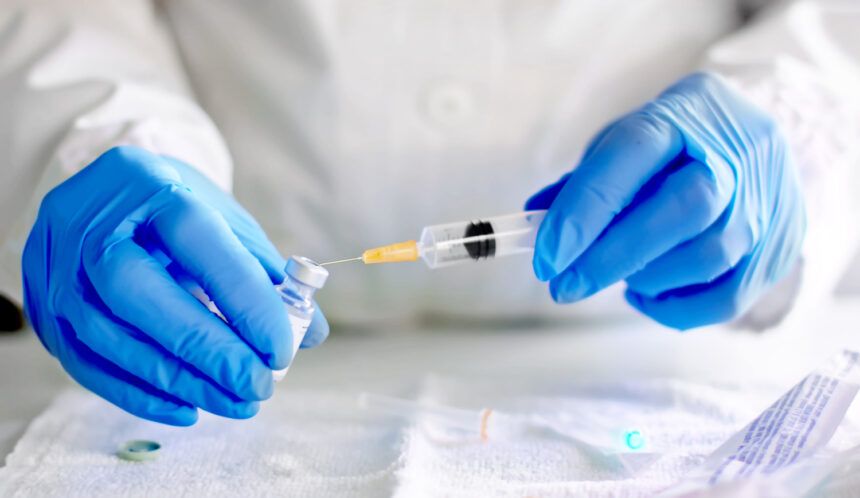How will vaccines be distributed in California and who will get them first?

SACRAMENTO, Calif. (KION) Gov. Gavin Newsom announced a regional stay at home order Thursday afternoon during a COVID-19 response update, but he also broke down how vaccines will be distributed around the state when they are approved.
California is set to receive 327,000 vaccine doses, and they will be distributed by region. There are 6 regions for distribution, and each will get a different number of doses:
- Region I- 126,750
- Region II- 80,497
- Region III- 8,592
- Region IV- 35,145
- Region V- 16,706
- Region VI- 59,910
Each of the regions includes multiple counties.
- Region I- Los Angeles, Orange, San Diego, San Luis Obispo, Santa Barbara, Ventura
- Region II- Alameda, Contra Costa, Del Norte, Humboldt, Lake, Marin, Mendocino, Monterey, Napa, San Benito, San Francisco, San Mateo, Santa Clara, Shasta, Solano, Sonoma
- Region III- Butte, Colusa, Glenn, Lassen, Modoc, Plumas, Santa Cruz, Sierra, Siskiyou, Sutter, Tehema, Trinity, Yuba
- Region IV- Alpine, Amador, Calaveras, El Dorado, Nevada, Placer, Sacramento, San Joaquin, Stanislaus, Tulare, Tuolumne, Yolo
- Region V- Fresno, Kern, Kings, Madera, Mariposa, Merced
- Region VI- Imperial, Inyo, Mono, Riverside, San Bernardino
Monterey County is set to receive 3,000 doses, Santa Cruz County will receive 1,950 and San Benito County will receive 350. Officials expect that at least one COVID-19 vaccine will be authorized before the end of the year.
The state's Drafting Guidelines Workgroup and Community Advisory Committee has also finalized its recommendations about who should receive the first vaccines, and they have been split into three tiers.
Tier 1 includes:
- Acute care, psychiatric and correctional facility hospitals
- Skilled nursing facilities, assisted living facilities and similar facilities for people who are older or medically vulnerable
- Paramedics, EMTs and other emergency medical service providers
- Dialysis centers
Tier 2 inlcudes:
- Intermediate care facilities
- Home healthcare and supportive services
- Community health workers
- Public health field staff
- Primary clinics, including rural health centers, correctional facility clinics and urgent care clinics
Tier 3 includes:
- Specialty clinics
- Laboratory workers
- Dental and oral health clinics
- Pharmacy staff who do not work in a higher tier setting
